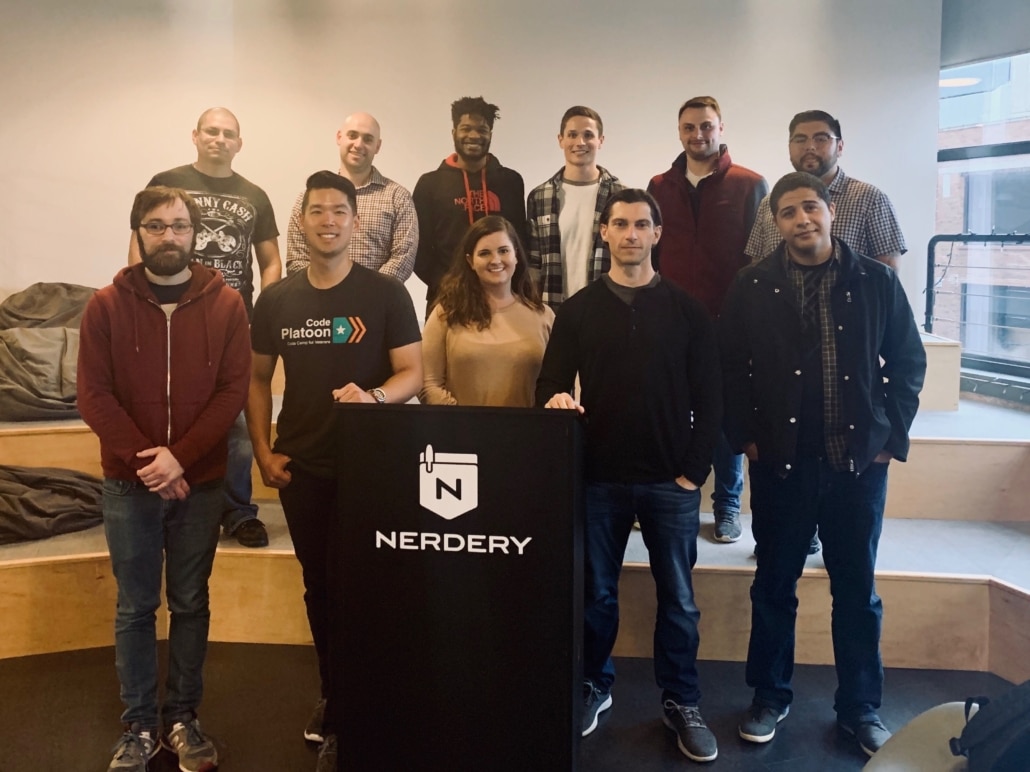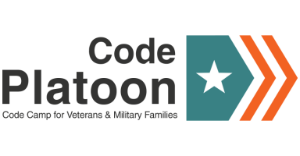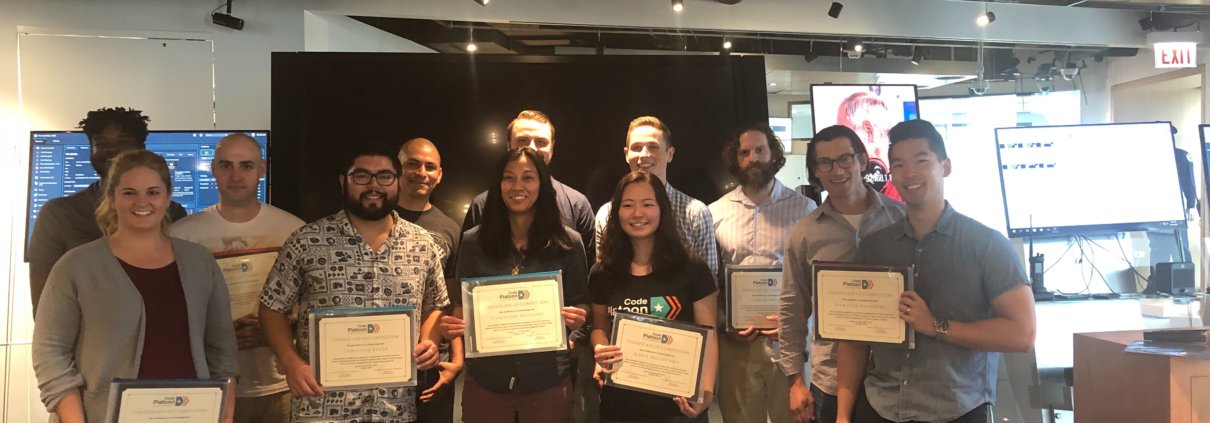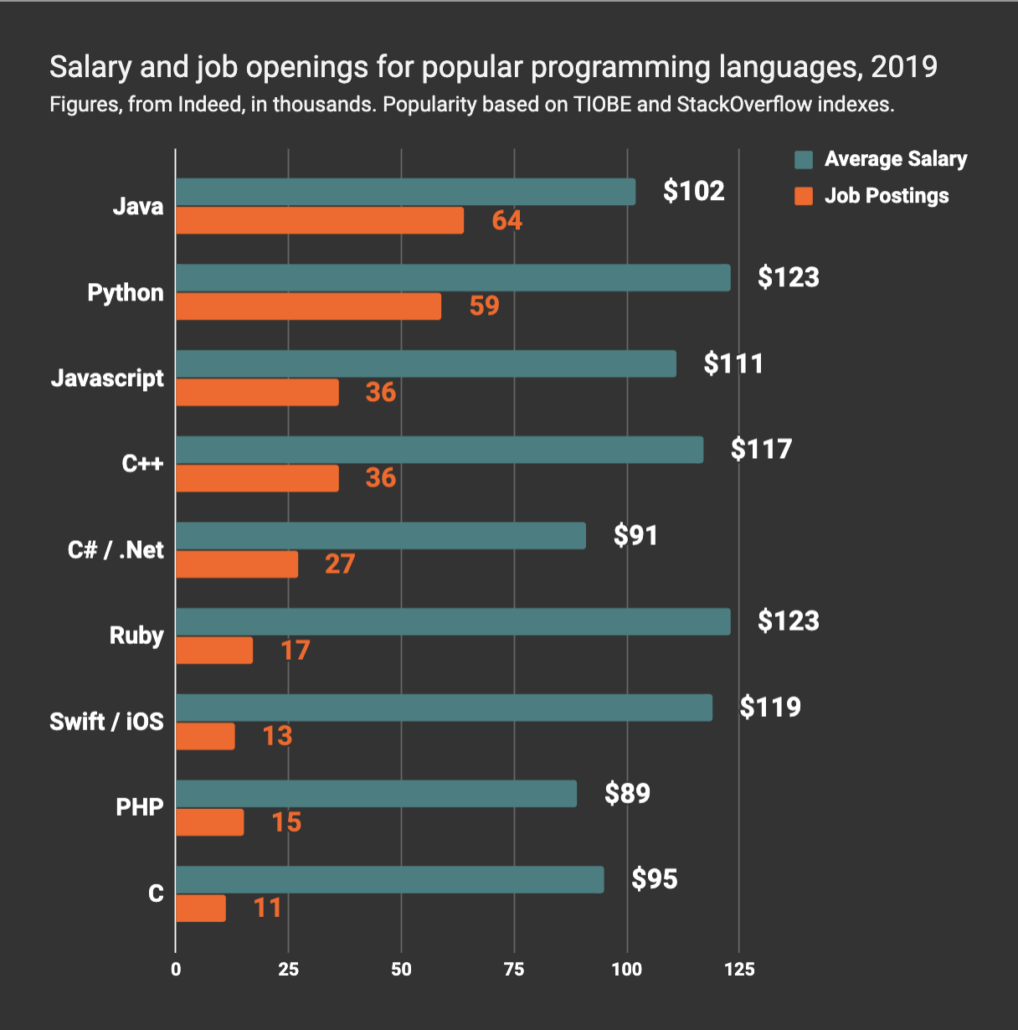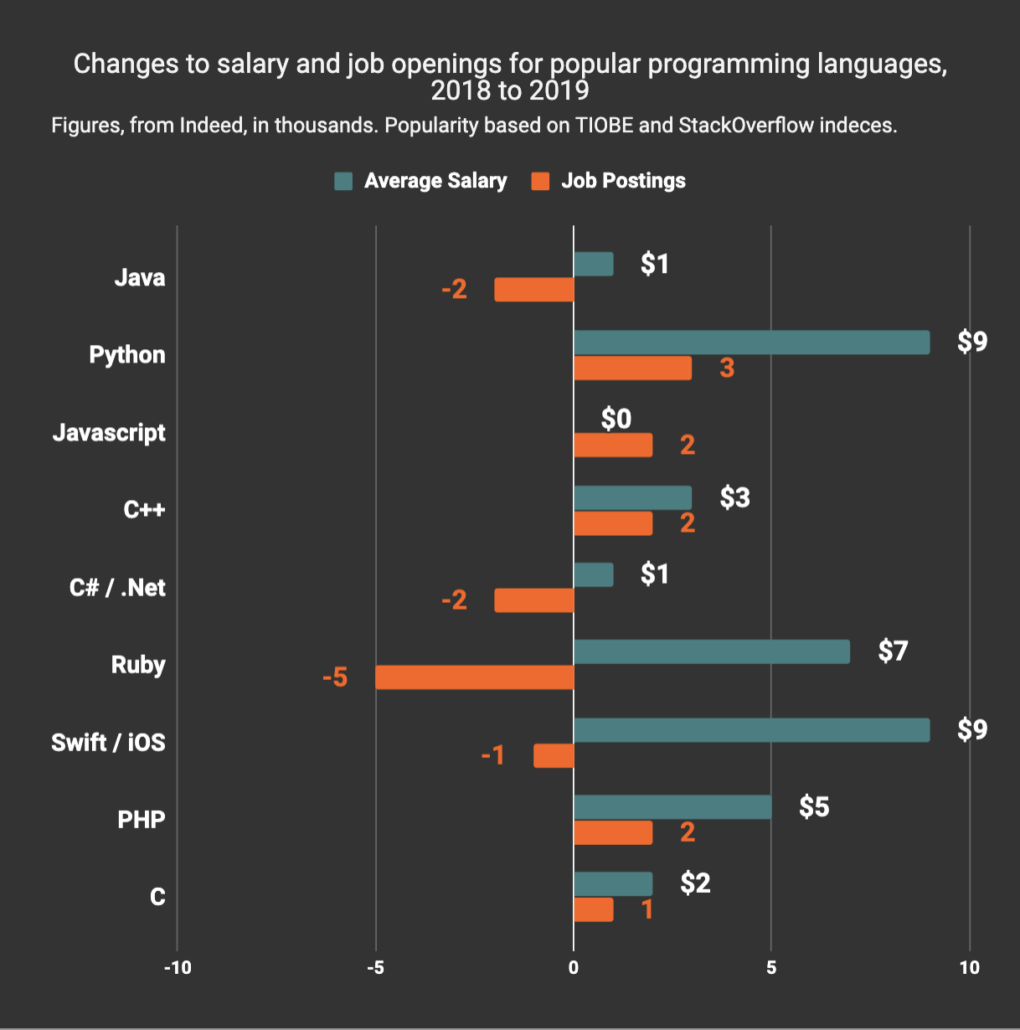India Platoon Update Blog
India Platoon is Code Platoon’s 9th cohort of students, and this is where we’ll track their journey from start to finish, and for some alumni, even beyond!
India Platoon celebrates graduation – 8/16/2019
Code Platoon is excited to congratulate the graduates of India Platoon. We held our graduation on August 16, 2019 at 2:30 PM CST at the location of one of our sponsors, the Motorola Solutions Foundation. Eleven students graduated; five of those used GI Bill® benefits, and the remaining five received tuition scholarship in order to attend our program.
Executive Director Rod Levy had this to say about the graduating class: “Code Platoon is proud to graduate its 9th cohort, India Platoon. All 11 students showed great grit and determination over the last 14 weeks, with highlights including innovative personal projects and exceptional camaraderie among the groups as they prepared their final projects. New for India was the help of our summer interns. These rising sophomores worked alongside this class, helping to expand on daily lectures and instruction from our faculty. Congratulations India Platoon!”
India cohort graduates will continue in their journeys with paid software development internships exclusively offered for Code Platoon attendees to further their coding careers. The internships offered this cycle are offered at Chicago Trading Company, Echo Global Logistics, Trading Technologies, Motorola Solutions, Shipbob and DRW. Read more about DRW below.
Juan Martinez, had this to say about his experience with Code Platoon: “Coming out from the military I didn’t have all the tools and experience that was required for me to have a successful second career. Doors were open if I worked in the service industry but I felt that I was destined for something more. When I discovered Code Platoon I quickly realized that this program was the answer to all the questions I was asking. Code Platoon took me in and provided me with the tools and skill sets to become a more appetizing candidate for companies outside the service industry.”
NBC Chicago was present for the graduation of the India cohort, watch coverage of this event here. If you speak Spanish you may be interested to watch this coverage of the graduation broadcast on Telemundo.
India Platoon starts its coding boot camp journey – 5/6/2019
On May 6, 2019 Code Platoon proudly welcomed 11 new students to our India cohort. The new student reception event, hosted by Nerdery in Chicago’s West Loop neighborhood, allowed incoming students to meet each other prior to kicking off class the following week. Students also got to talk with Code Platoon graduates, volunteers, board members, and staff. This networking opportunity was just the beginning of the unparalleled access to technology firms that Code Platoon students are afforded when they join the program.
India cohort’s 11 members represent some of the finest Marine Corps, Navy, Army, and Air Force veterans and military spouses. Rod Levy, Executive Director of Code Platoon, commented: “India platoon represents an exciting class for us. We are proud to have four of the five branches of service represented at once, and this is also one of our largest classes to date. Each students brings a tremendous amount of life experience with them as they join their new teammates in learning software development skills. I am excited to watch this group grow over the next 14 weeks.”
Over the course of the program, these students will spend 60-80 hours a week together, participating in lectures and events, completing coding challenges, and learning best practices in Python and AWS, among other skills. They will grow together and culminate their Code Platoon experience with a group project. Group projects are presented at graduation on August 16, 2019.
Join us in welcoming India platoon and wishing them well on their coding journey!
